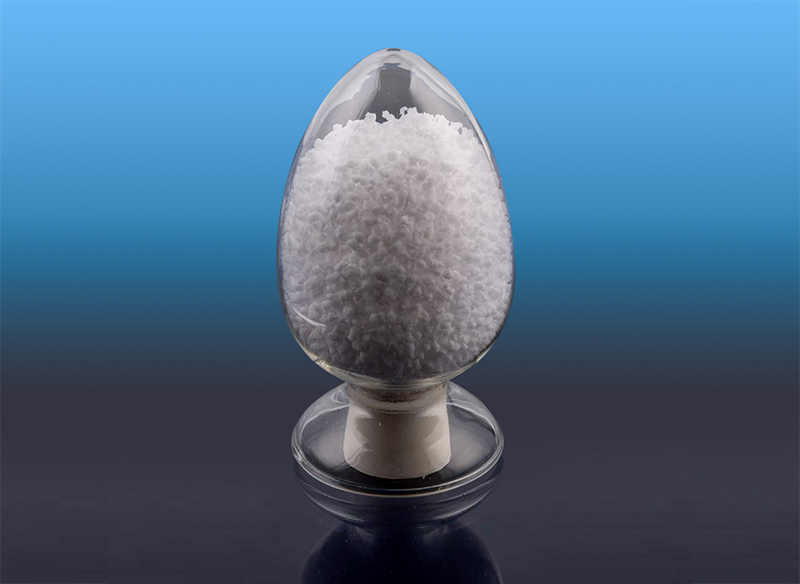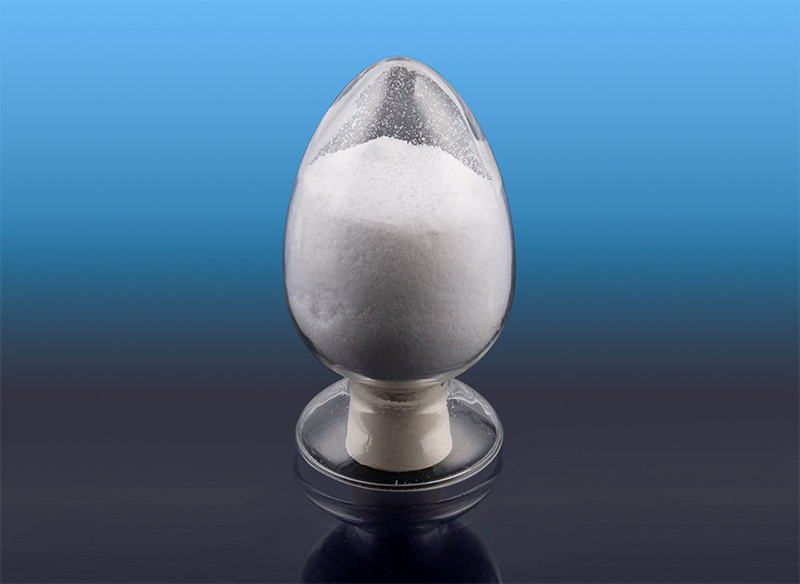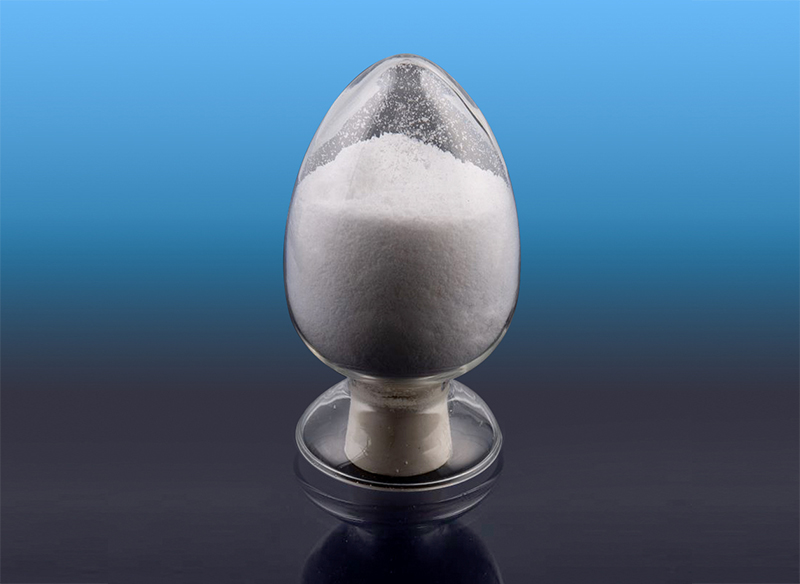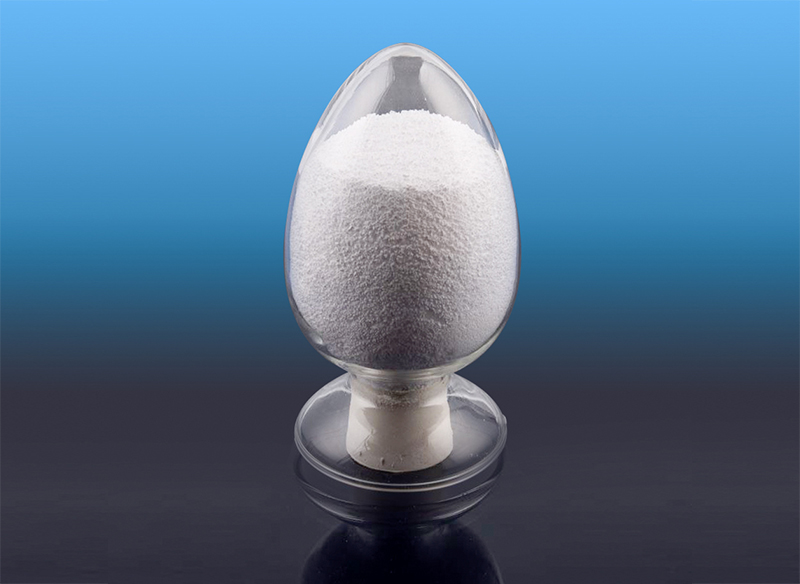High Transparent TPE: Material Innovation at the Intersection of Clarity, Flexibility, and Functional Performance
In the ever-advancing field of polymer science, few materials have demonstrated as much versatility and adaptability as thermoplastic elastomers (TPEs) . Among the various subcategories within this family, high transparent TPE has emerged as a standout material for applications demanding optical clarity, elasticity, and biocompatibility. Its unique combination of rubber-like softness and plastic processability, coupled with exceptional transparency, positions it at the forefront of innovation in industries ranging from medical devices to consumer electronics, packaging, and wearable technology.
This article delves into the structural characteristics, manufacturing considerations, performance attributes, and expanding application scope of high transparent TPE. It also explores how advancements in polymer blending and processing technologies have enabled manufacturers to achieve unprecedented levels of clarity without compromising mechanical strength or functional utility.
Understanding High Transparent TPE: Composition and Microstructure
Thermoplastic elastomers (TPEs) are a class of copolymers—or physical mixtures of polymers—that exhibit both thermoplastic and elastomeric properties. Unlike conventional thermoset rubbers, which undergo irreversible chemical crosslinking during curing, TPEs can be repeatedly melted and reprocessed, offering significant advantages in terms of recyclability and manufacturing efficiency.
High transparent TPE typically belongs to the styrenic block copolymer (SBC) family—most commonly SEBS (styrene-ethylene/butylene-styrene) or SBS (styrene-butadiene-styrene) variants—modified to enhance optical clarity. The key to achieving transparency lies in minimizing light scattering caused by phase separation between the hard styrene domains and the soft rubbery midblocks.
Through precise control over polymer architecture, compatibilization techniques, and the use of transparent fillers or additives, formulators have succeeded in producing TPE compounds that rival clear rigid plastics like polycarbonate (PC) or polymethyl methacrylate (PMMA), but with the added benefit of flexibility and impact resistance.
Manufacturing Challenges and Solutions for Maintaining Transparency
Producing high transparent TPE is not merely a matter of selecting the right base polymer—it involves meticulous attention to formulation, compounding, and processing parameters:
-
Phase Morphology Control : Achieving uniform dispersion of phases is crucial. Excessive phase separation leads to haze and opacity. This is managed through controlled molecular weight distribution and the use of compatibilizers.
-
Additive Selection : Traditional additives such as antioxidants, UV stabilizers, and plasticizers can interfere with optical clarity. Therefore, transparent-grade alternatives must be used—often at higher cost and requiring specialized formulation expertise.
-
Processing Conditions : Injection molding, extrusion, and blow molding of transparent TPEs require clean, high-precision equipment and optimized temperatures to prevent degradation or internal stress-induced cloudiness.
Recent advances in reactive extrusion and nanofiller incorporation have further enhanced transparency while preserving mechanical performance, enabling broader adoption across sensitive applications.

Mechanical and Optical Properties: A Unique Balance
High transparent TPE combines several critical performance attributes that distinguish it from other transparent polymers:
These properties make high transparent TPE particularly attractive in sectors where aesthetics and functionality must coexist seamlessly.
Applications Across Industries: From Medical to Consumer Electronics
The ability to maintain optical clarity while delivering elastic behavior has opened doors for high transparent TPE in a variety of niche yet high-growth markets:
1. Medical Devices
Transparent TPEs are increasingly used in disposable tubing, catheters, syringe seals, and protective housings. Their clarity allows for visual inspection of fluid flow, while their biocompatibility (often meeting ISO 10993 standards) ensures safety for patient contact.
2. Consumer Electronics
Smartwatches, VR headsets, and flexible phone cases benefit from TPE’s shock-absorbing qualities and see-through design. Transparent seals and gaskets also allow for aesthetic continuity in product design.
3. Packaging
Luxury packaging, especially in cosmetics and personal care products, leverages transparent TPE for tamper-evident seals, pump components, and flexible closures that enhance user experience without obscuring the contents.
4. Automotive Interiors
Interior lighting covers, dashboard trim inserts, and sensor window seals made from transparent TPE offer durability and design freedom, aligning with trends toward minimalist, tech-integrated cabins.
5. Wearables and Smart Textiles
In the realm of smart apparel and fitness trackers, transparent TPE is being explored for embedding sensors and conductive elements without compromising fabric aesthetics or comfort.
Sustainability Considerations and Future Outlook
As environmental concerns intensify, the sustainability profile of high transparent TPE remains a topic of ongoing research and development. While traditional SBC-based TPEs are not inherently biodegradable, recent innovations have introduced bio-based monomers and recyclable formulations that align with circular economy principles.
Moreover, some manufacturers are exploring hydrogenated versions of SBS , such as SEBS, which offer better oxidative stability and longer service life—reducing the frequency of replacement and thus overall resource consumption.
Looking ahead, the integration of nanotechnology , conductive polymers , and smart responsive materials into transparent TPE matrices could unlock new frontiers in fields like flexible displays , self-healing surfaces , and adaptive optics .





